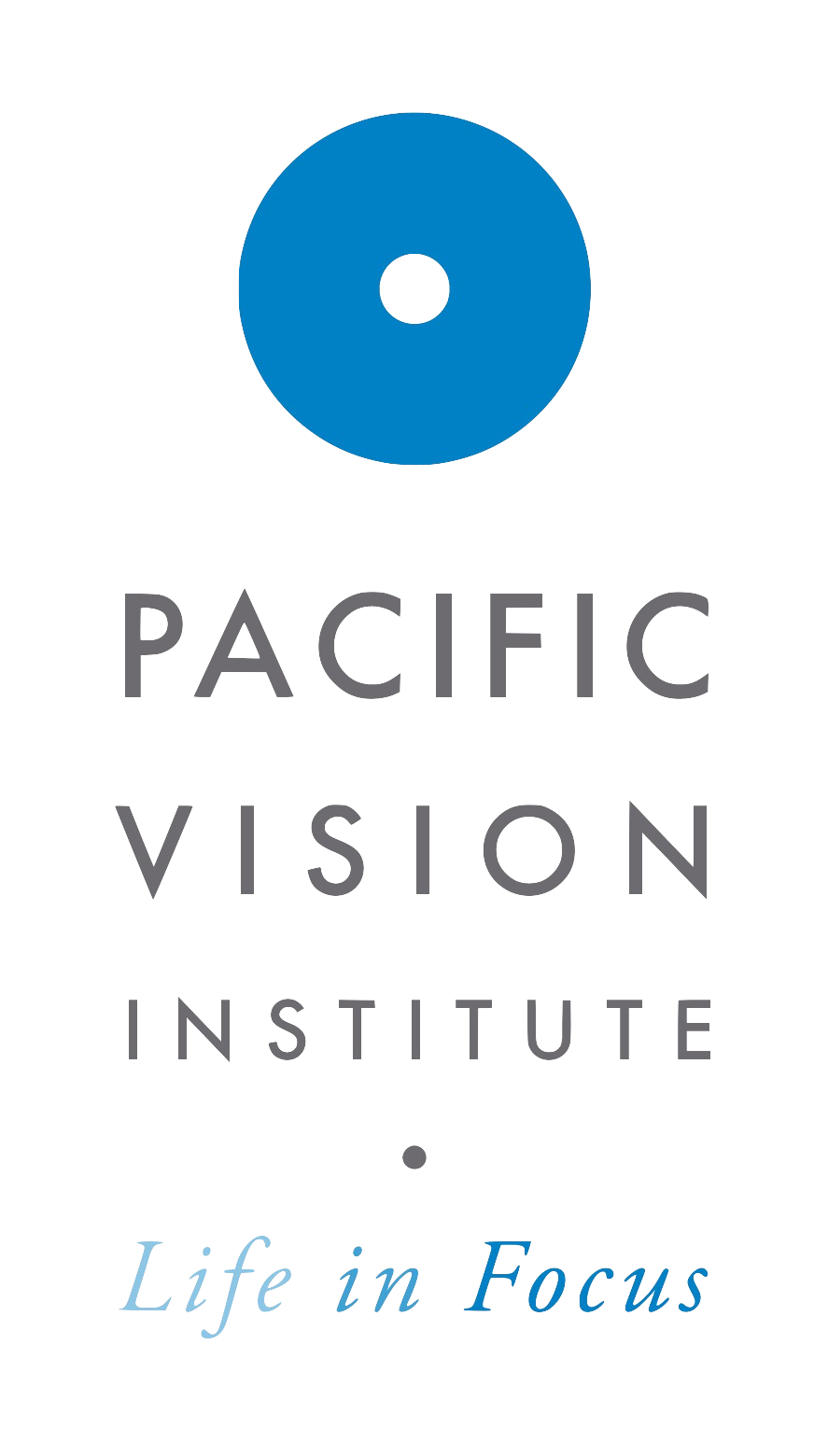Comparison of ICL and LASIK: Which Option Is Right for You?
ICL and LASIK are two surgical procedures for correcting vision problems. Both surgeries aim to improve vision, but they differ in terms of technique, risks, and benefits. Here, we will take a closer look at both procedures so that you can make an informed decision about which option is right for you.
What is ICL Eye Surgery?
ICL (Implantable Collamer Lens) eye surgery is a type of refractive surgery used to correct nearsightedness with or without astigmatism. ICL surgery involves implanting a tiny, biocompatible lens between the iris and the natural lens of the eye. This lens is designed to correct the refractive error of the eye, allowing light to focus properly on the retina.
The ICL lens is made of a soft, flexible material that is folded and inserted into the eye through a small incision. Once inside the eye, the lens unfolds and is positioned between the iris and the natural lens.
ICL surgery offers several benefits, including:
- The lens can be removed if necessary.
- It does not require corneal reshaping, which can make it a safer option for those with thin and/or irregular corneas.
What is LASIK Eye Surgery?
LASIK (Laser-Assisted In Situ Keratomileusis) is a type of refractive surgery that a surgeon performs using a laser to reshape the cornea of the eye. It is a very popular and very effective procedure for correcting nearsightedness, farsightedness, and astigmatism.
During the procedure, the patient is given a local anesthetic to numb the eye. A small flap is then created with a femtosecond laser. The surgeon then uses an excimer laser to reshape the cornea, reshaping it to correct the patient’s vision. The flap is then replaced, and the eye is allowed to heal naturally.
Some of the benefits of LASIK surgery include:
- Improved vision without the need for glasses or contact lenses
- Quick and painless procedure
- High success rate
- Minimal recovery time
Comparing ICL and LASIK Eye Surgery
Recovery Time
ICL and LASIK are both minimally invasive procedures, but the recovery time for each differs. LASIK has a shorter recovery time, with most patients returning to normal activities within a day or two. ICL, on the other hand, may require a recovery time of up to a week.
Cost Comparison
ICL and LASIK have different costs associated with them. LASIK is less expensive than ICL.
Side Effects and Risks
Both ICL and LASIK carry some risks and potential side effects. LASIK has a higher risk of dry eyes during the initial healing time. These are usually temporary and resolve as the eyes heal. ICL has a lower risk of dry eyes, but it carries a higher risk of glare and a risk of infection and cataracts.
Suitability for Different Eye Conditions
ICL and LASIK are both suitable for treating nearsightedness with or without astigmatism. LASIK can be used to treat farsightedness with or without astigmatism. ICL may be a better option for patients with thin corneas or severe nearsightedness.
What Is the Takeaway?
If you’re unsure whether ICL or LASIK is the right choice to improve your vision, our knowledgeable ophthalmologists at Pacific Vision Institute can help you make the best possible decision. When you sit down with them, they’ll evaluate your situation and discuss the procedures with you to guide you in the right direction. If you’re ready to schedule your consultation, simply give our offices a call.
